Home » Blog » Emergency Repairs » Run Flat Tyres: Everything You Need to Know
Have you been offered run flat tyres for your car and want to know the pros and cons? Maybe you’ve just heard of them and you’re interested to know more about how run flat tyres work, what maintenance they require, and if they’re actually worth the extra money you’ll pay for them. If so,check out our complete guide below.
Run flat tyres are designed to remain safe and functional for a limited time with no air pressure. That means, in the event of a puncture, you can continue driving for around fifty miles without having to change the tyre — which could be enough to get you home, or to a garage.
Unlike conventional tyres, which require air to stay hard, run flat tyres have a reinforced sidewall, meaning they stay rigid without any air pressure.
The reinforced outer shell of run flat tyres keeps the rubber in place without air, supporting the car as you continue your journey. However, the sidewall isn’t designed to be permanent, and is only recommended for around 50 miles of additional driving after the tyre has deflated.
All cars that are compatible with run flat tyres have a tyre pressure monitoring system (TPMS), which is designed to alert the driver in the event of loss of air pressure. Without a TPMS system, it would be almost impossible to detect a puncture, given that run flat tyres will continue to work even when they’re deflated.
Most TPMS systems display an alert on the centre console, reminding the driver that they should stop driving after 50 miles and seek a tyre repair or replacement.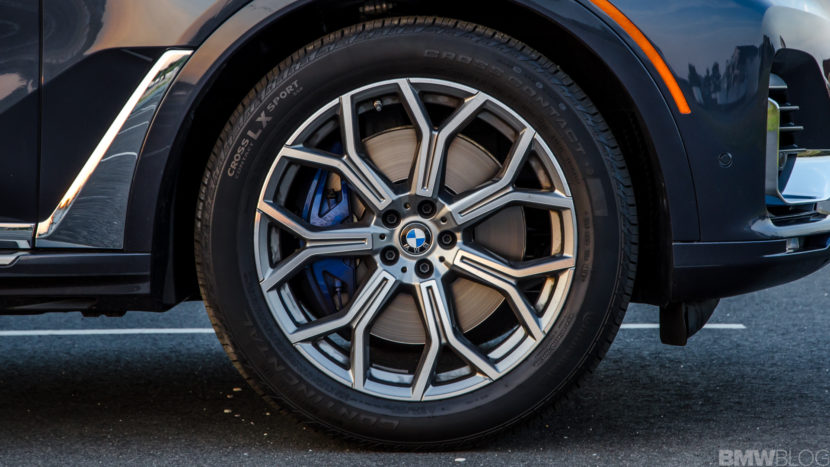
Generally, run flat tyres use the same rubber compounds as conventional tyres, so you can expect similar longevity. Despite their reinforced components, run flats will wear at the same rate as standard tyres, and require the same level of care and maintenance.
To keep your run flat tyres in good condition, check their pressure, depth and condition every fortnight. This will ensure you get maximum life out of your tyres before having to replace them.
Run flat tyres aren’t repairable. That’s because, once they’ve been driven on, they lose their structural integrity, making them unsuitable for puncture repair. If they are patched up, it’s highly likely they’ll puncture again down the line due to uneven wear and loss of rigidity.
And that’s their biggest drawback compared to conventional tyres, which can often be repaired reasonably cheaply after a puncture (provided the hole isn’t in the sidewall). Given the expense of buying run flat tyres in the first place, each puncture could end up costing a small fortune.
Given the expense of buying run flat tyres in the first place, each puncture could end up costing a small fortune.
In a word, yes. Because run flats aren’t widely available, they tend to be a lot more expensive than ordinary tyres and can only be fitted to certain cars — putting them beyond the price point of the average motorist. Couple that with the fact they can’t be repaired, and they won’t make a whole lot of sense for most drivers.
If you don’t fancy paying through the nose for a car with run flat tyres, Holts Tyreweld Emergency Puncture Tyre Repair offers the next best thing. In the event of a puncture, this innovative DIY product quickly seals and re-inflates your tyre — allowing you to get to a garage without having to mess around with a spare wheel.
To find out more about our DIY car care range, visit our homepage .
Though they first appeared in the mid-1980s, run flat tires (RFT) are now more popular than ever.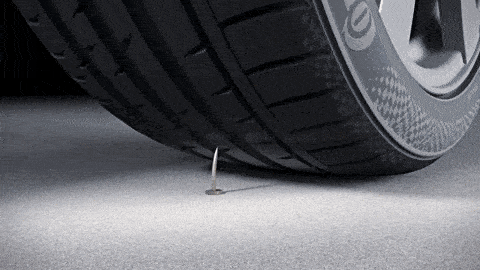 With some auto manufacturers making them standard in new vehicles, more consumers are asking about run flats, their advantages, and how using them impacts driving.
With some auto manufacturers making them standard in new vehicles, more consumers are asking about run flats, their advantages, and how using them impacts driving.
Run flat tires are tires on which you can continue driving after a puncture so you can take time get to an auto shop or find a safe, level area to change your tire.
You can’t drive on them indefinitely, though. Check the manufacturer’s specifications to find out how fast and how far you can drive on your run flat tires. Bridgestone run-flat tires will allow continued operation even after a loss of some or all inflation pressure for up to 50 miles (80 km) at a maximum speed up to 50 mph (80 km/h.)
There are two primary types of run flat tire systems: the self-supporting system and the support ring system.
In most self-supporting run flat tire systems, the tire features reinforced sidewall construction that will continue supporting the vehicle in the event of air loss.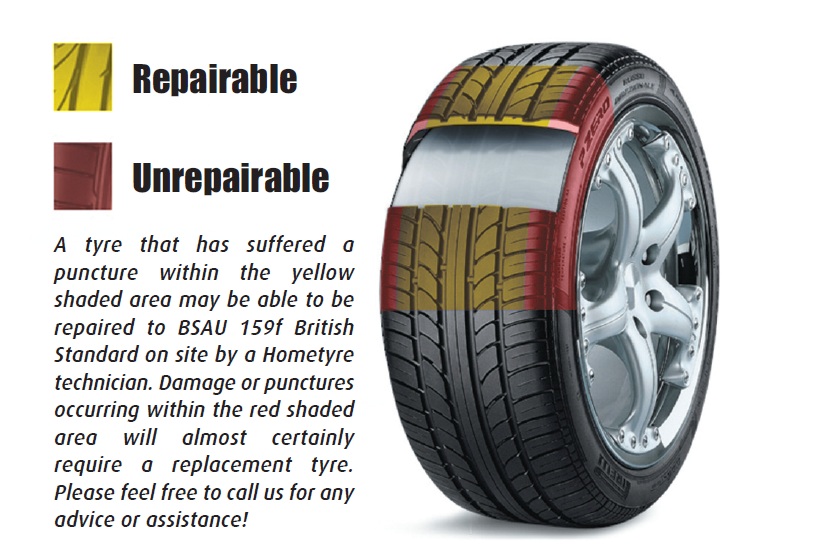 This construction allows continued operation after the loss of air pressure up to the speed and distance specified by the manufacturer.
This construction allows continued operation after the loss of air pressure up to the speed and distance specified by the manufacturer.
Support ring run flat tire systems, on the other hand, employ a ring of hard rubber or another structure that can support the vehicle’s weight in an air loss condition.
Since they continue performing even though they’re “flat,” all run flat tires, regardless of the specific system type, may only be used on a vehicle equipped with a Tire Pressure Monitoring System (TPMS). The TPMS alerts you as soon as one of your tires loses pressure. Without it, you might not know you were driving on an underinflated tire.
You don’t have to change your tire in dangerous or uncomfortable conditions. This is perhaps the biggest benefit of run flat tires and is the one of the reasons why they were designed. With conventional tires, you have to replace a flat on the spot or have your car towed.
In a puncture situation, run flats are more stable than conventional tires. Since they’re made to support your vehicle even when they contain no air, run flat tires will help you maintain better control in a complete air loss situation than conventional tires.
Since they’re made to support your vehicle even when they contain no air, run flat tires will help you maintain better control in a complete air loss situation than conventional tires.
As consumers continue rating safety high on the list of features they look for in a vehicle, the popularity of run flat tires is expected to grow. Since run flat tires work reliably with interconnected technologies like TPMS, it may only be a matter of time before they become the norm rather than the exception in new vehicles.
There’s never a good time for a flat. That’s why Bridgestone DriveGuard tires are masterfully engineered to keep you moving for up to 50 miles at speeds up to 50 MPH without disruption.
See Details Find Your Fit
There’s never a good time for a flat. That’s why Bridgestone DriveGuard tires are masterfully engineered to keep you moving for up to 50 miles at speeds up to 50 MPH without disruption.
That’s why Bridgestone DriveGuard tires are masterfully engineered to keep you moving for up to 50 miles at speeds up to 50 MPH without disruption.
1 What is RunFlat?
RunFlat is translated into Russian as “flat driving” or driving on a flat tire. Tire manufacturers use different technology designations (example: Goodyear RunOnFlat, Bridgestone RFT, Michelin ZP, Continental SSR, Pirelli Run Flat, Dunlop RunOnFlat, Nokian Flat Run, Yokohama ZPS, Kumho XRP).
2 What are RSC tires?
RunFlat System Component is a single designation for all RunFlat tires installed on BMW vehicles.
3 What is the difference between Run Flat tires and regular tires?
4 How RunFlat Tires Work?
RunFlat technology is based on the concept of reinforced tire sidewalls.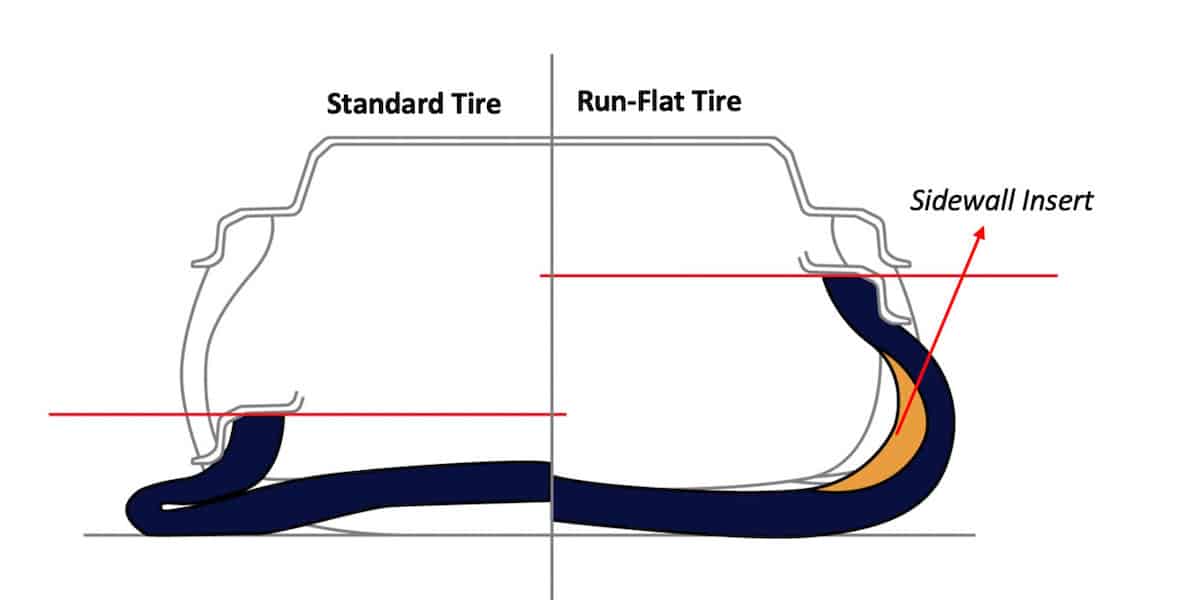 When a conventional tire deflates, it simply sags under the weight of the car, the beads move away from the rim and the sidewalls flatten onto the road. The weight completely destroys the tire in a few kilometers. Reinforced sidewalls of RunFlat tires keep the tire on the rim and successfully support the weight of the car after a puncture and complete loss of pressure. At the same time, all dynamic vehicle security systems such as ABS, ESP, DSC, CBC, etc. remain active.
When a conventional tire deflates, it simply sags under the weight of the car, the beads move away from the rim and the sidewalls flatten onto the road. The weight completely destroys the tire in a few kilometers. Reinforced sidewalls of RunFlat tires keep the tire on the rim and successfully support the weight of the car after a puncture and complete loss of pressure. At the same time, all dynamic vehicle security systems such as ABS, ESP, DSC, CBC, etc. remain active.
5 How many kilometers and at what speed can you drive after a puncture?
The maximum run-flat distance depends on the tire manufacturer and operating conditions (50-150 km) The maximum vehicle speed is 80 km/h.
6 What are the differences in RunFlat technology between tire manufacturers?
7 Are there conditions for the use of Run Flat tires?
Without a tire pressure monitoring system installed, the operation of RunFlat tires becomes extremely dangerous, because the driver may not feel the loss of pressure in the tire and continue to move without speed limits, making sharp turns and maneuvers.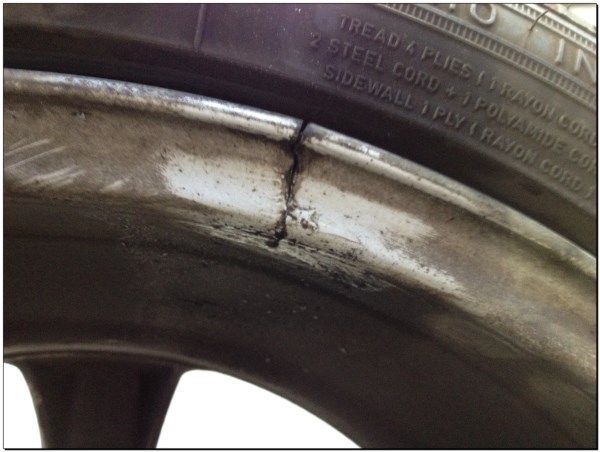
8 Are special rims required for RunFlat tires?
All tire manufacturers with runflat technology allow them to be installed on standard rims.
9 Can RunFlat tires be repaired after a puncture?
Depends on the tire manufacturer (in any case, only the tread part of the tire can be repaired).
10 Benefits of RunFlat Tires
11 Disadvantages of RunFlat Tires

Tire puncture is a common problem that often occurs on Russian roads. For many drivers, its solution is not very difficult: it is enough to install a spare tire and drive to the nearest workshop. However, there are situations when it is quite problematic to do this. For example, not every girl is capable of installing a car spare wheel. In addition, two tires are often damaged at once. It was to solve such situations that the RunFlat technology was created. It allows you to continue driving even if the tire is flat or there is a loss of pressure due to a puncture. Like any development, RunFlat has its own features, advantages and disadvantages. You will learn about all the important nuances of technology from this article.
Translated into Russian, Run-Flat literally means "flat ride".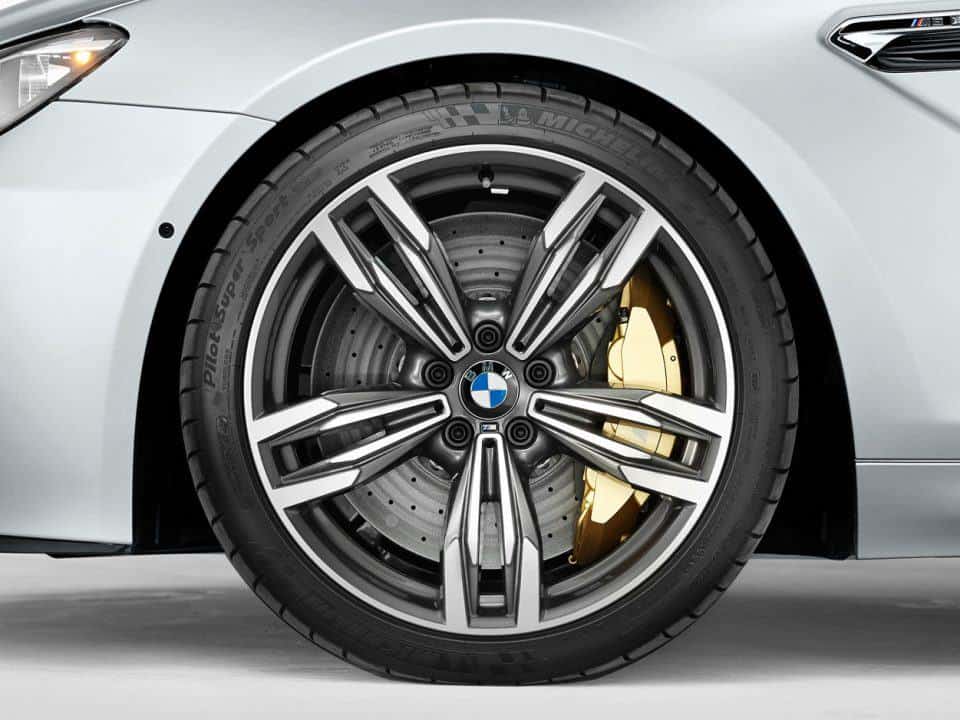 This technology allows you to go further even in the event of a rubber puncture. RunFlat tires differ from conventional tires in the following details.
This technology allows you to go further even in the event of a rubber puncture. RunFlat tires differ from conventional tires in the following details.
Wide side ring with additional reinforcement.
Rubber resistant to high temperatures.
Sturdy sidewall.
The presence of amplifiers in the frame.
Thanks to these features, run-flat tires do not sag under the weight of the car in the event of a tread puncture, as conventional tires do. Reinforced sidewall and other elements of RunFlat do not allow the rubber to come off the disk, keep the car in a straight line.
Depending on the design features, there are several types of RunFlat safety tires that do not descend from punctures.
They are sometimes referred to as zero pressure rubber. Tires with the RunFlat system have a reinforced sidewall and carcass. In addition, tires have a heat-resistant compound and special longitudinal ribs. All this ensures better cooling while driving. If the runflat carrier tire has been damaged, it will be able to stay on the rim and provide traction. The disadvantage of these tires is that they can only be installed on vehicles equipped with pressure control systems (RDC, TPMS, RPA) and directional stability (ESP).
All this ensures better cooling while driving. If the runflat carrier tire has been damaged, it will be able to stay on the rim and provide traction. The disadvantage of these tires is that they can only be installed on vehicles equipped with pressure control systems (RDC, TPMS, RPA) and directional stability (ESP).
Some manufacturers create a special layer inside the rubber that can tighten small punctures. Even if a sharp object flies out of the tire, the hole will be closed and you can go further without losing control. This is the key feature of self-sealing run-flat tires.
These tires are slightly different from regular tires. An elastic ring is installed on the wheel rim. It provides a supportive effect when pressure is lost inside a damaged run-flat tyre.
Tires with run-flat pressure technology won't eliminate the need to visit a tire shop. However, it is thanks to them that you can refuse the services of a tow truck and not carry a “spare tire” with you.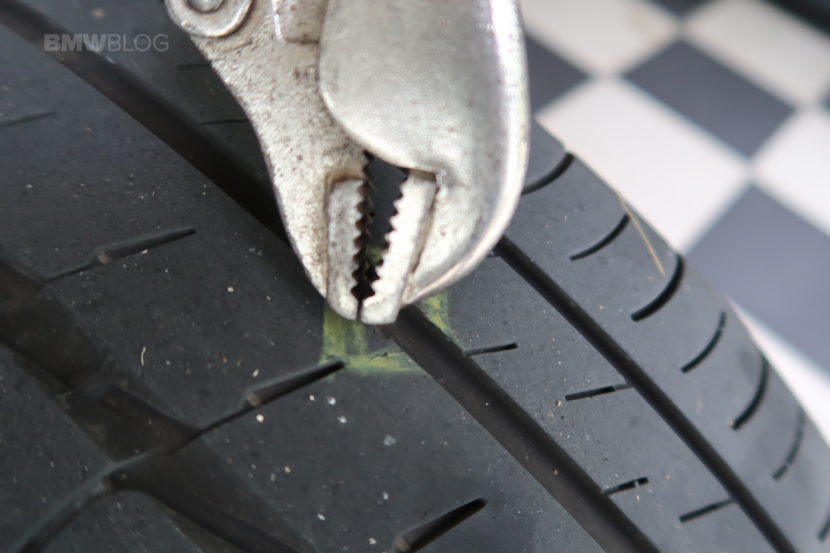
In the event of a puncture, tires with the RunFlat system will not be allowed to drive many kilometers (up to 80 km on average). At the same time, it is worth refusing to make sudden maneuvers and limit the speed to 80 km / h. It is because of the presence of such conditions that the use of RunFlat tires on vehicles without a system that controls the pressure level is prohibited. The driver may not notice the damage and continue to drive aggressively, which is extremely dangerous. In addition, it is worth remembering that each manufacturer sets its own speed limits and distances for traveling on damaged tires with the RunFlat system.
Run-Flat tires are sold individually or as a complete set. Which option to prefer is the personal choice of each driver. The supply of complete run-flat tires is a unique offer from Mercedes-Benz and BMW dealers.
Installing tires with RunFlat technology will not cause additional difficulties. Overboarding can be done every season.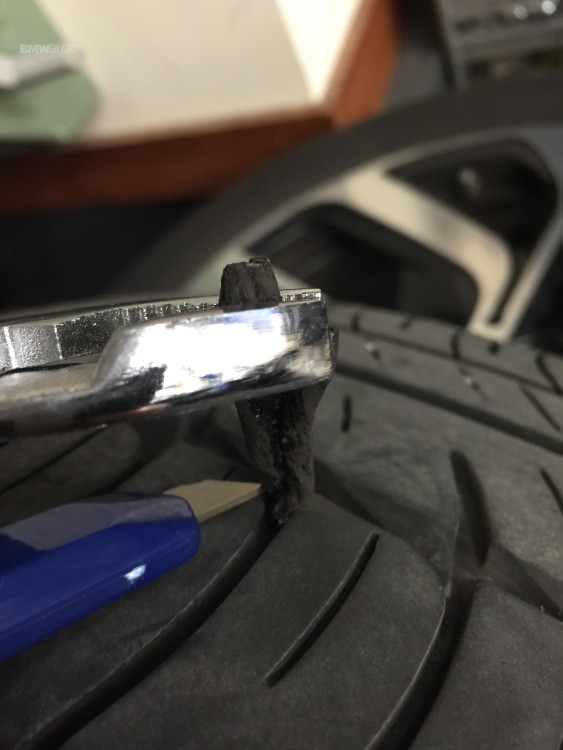 To carry out the work, you will need professional qualifications, Easymont (“Third Hand”) equipment, which makes it easy to remove tires with the RunFlat system. All this can be found in a quality tire shop. Some models also allow puncture repair.
To carry out the work, you will need professional qualifications, Easymont (“Third Hand”) equipment, which makes it easy to remove tires with the RunFlat system. All this can be found in a quality tire shop. Some models also allow puncture repair.
The advantages of safe tires are obvious.
Safety.
Saving time for reordering.
Improved steering response.
Save space in the trunk by eliminating the spare wheel.
RunFlat technology also has some disadvantages.
Limited use (the car must have a tire pressure monitoring system).
High price (unlike conventional tires, it is 15-25% more expensive).
Increased sidewall stiffness leads to reduced driving comfort.
Continental IceContact 2 SUV
The design of the tire from the German manufacturer has a rigid reinforced sidewall. Even in the event of a loss of pressure, it does not differ externally from a normal inflated tire. At the same time, RunFlat tires from the Continental brand have high levels of acoustic comfort. The tires respond quickly to the movement of the vehicle's steering wheel and provide driving safety through a directional pattern and the inclusion of steel studs.
Even in the event of a loss of pressure, it does not differ externally from a normal inflated tire. At the same time, RunFlat tires from the Continental brand have high levels of acoustic comfort. The tires respond quickly to the movement of the vehicle's steering wheel and provide driving safety through a directional pattern and the inclusion of steel studs.
Goodyear Eagle UG GW-3
Runflat tires from an American manufacturer, suitable for those who like to move at high speeds. Tires are not studded, but do well in wet snow porridge. At the same time, decent grip of the car with the road is noted during heavy braking, cornering at speeds up to 100 km / h. The run-flat design of tires provides acoustic comfort, the ability to continue moving even with a sudden loss of pressure.
Bridgestone Blizzak RFT
These tires from a Japanese manufacturer are available in diameters from R16 to R19. Reinforced sidewalls of RunFlat tires help maintain directional stability even during pressure loss due to damage. The asymmetric pattern contributes to reliable grip on all types of surfaces and a high level of maneuverability. The RC-polymer modifier in the rubber compound ensures the stability of run-flat tires during temperature fluctuations.
The asymmetric pattern contributes to reliable grip on all types of surfaces and a high level of maneuverability. The RC-polymer modifier in the rubber compound ensures the stability of run-flat tires during temperature fluctuations.
Nokian Tires Hakkapeliitta 7 SUV
RunFlat technology is implemented in the design of tires from sizes R17-R19. The special rubber composition and reinforced sidewalls allow the car to travel up to 100 km even if the tires are deflated. The symmetrical pattern with the inclusion of metal studs provides reliable grip on icy and snowy roads.
Dunlop SP Sport Maxx TT
This UK manufacturer's RunFlat tire offers good traction and durability. In order for the tires to remain stable even when pressure is lost, nanoparticles similar in properties to diamond are added to the rubber composition. The sidewall is reinforced with Kevlar thread. Tires are not afraid of punctures, resistant to minor damage. While driving, the car is stable, precise in control, not subject to aquaplaning and skidding when cornering. All this is provided by the tread pattern, built using mathematical modeling, and the special design of the side blocks.
All this is provided by the tread pattern, built using mathematical modeling, and the special design of the side blocks.
Kumho ECSTA PS71
These RunFlat tires are available in sizes R16 to R19. Suitable for those who like to ride at high speeds. Reinforced sidewall adds rigidity to the structure, which contributes to better maneuverability, good traction. The South Korean manufacturer also took care of maintaining an affordable price, which is successfully combined with a high level of quality and wear resistance.
Yokohama Advan Sport ZPS
Tires from the Japanese manufacturer are designed with the principles of the RunFlat system, which ensures safety even when the pressure is released. They are available in sizes R16 to R20. They are distinguished by a soft tread, which allows you to maintain precise control of the car and a high level of grip even at high speed.
Michelin Pilot Sport PS2
The French manufacturer has taken care of premium cars and powerful sports cars.